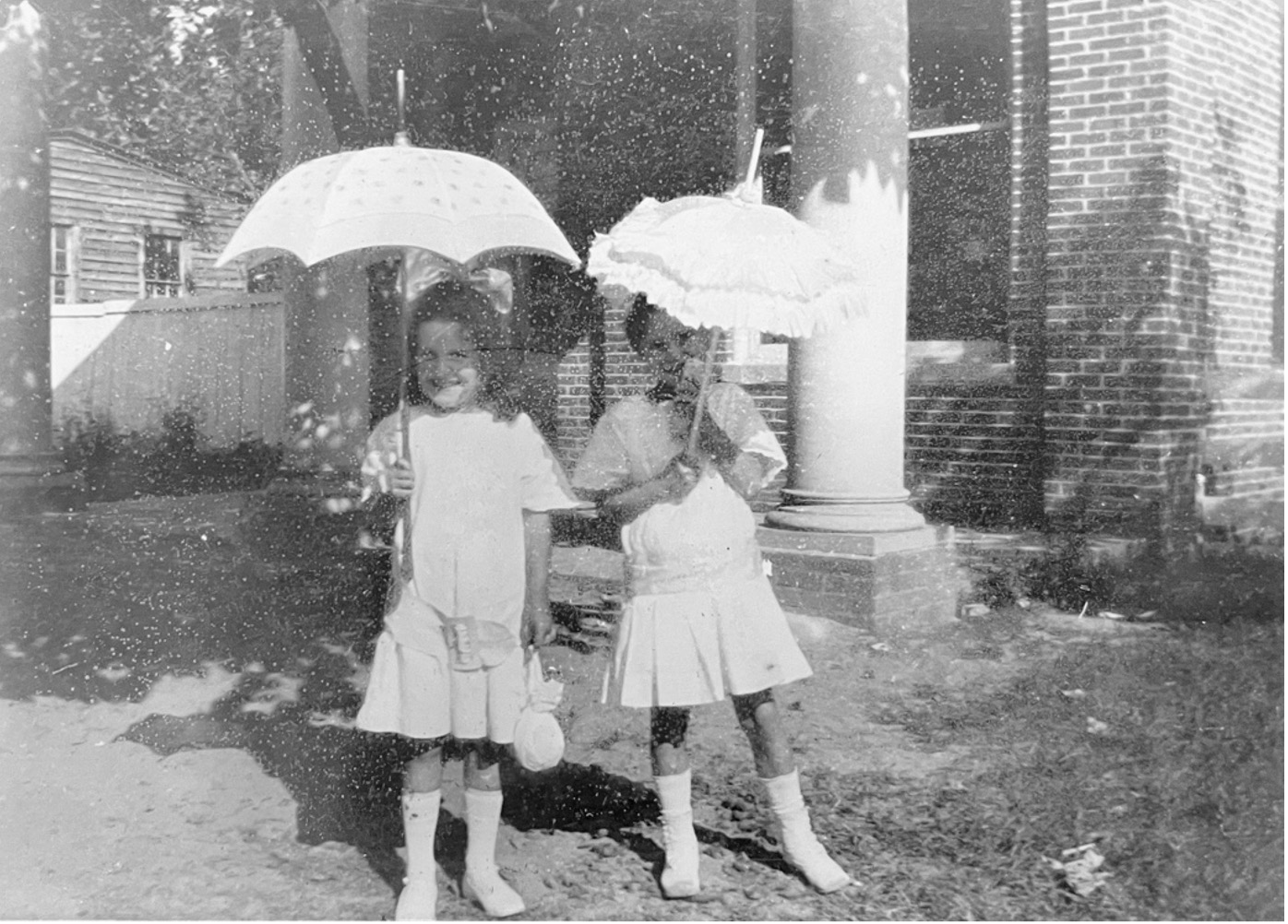
Saluda Historic District
The museum is building an exhibit around the Saluda Historic District and is asking for residents to share objects and stories related to life in
In June of 1849, a contentious vote was taken in which only white male landowners could participate to move our county seat of justice from Urbanna to Saluda. Saluda is located approximately in the middle of the county and has access to water by way of Oakes Landing Road on Urbanna Creek, the “Middlesex Ridge” road (Route 17) and the main county road (Route 33.) Thomas W. Fauntleroy of Oakenham and John P. Bristow both owned land in Saluda, and they saw the opportunity to enhance the commerce and population of this sleepy village. Mr. Bristow owned the property where the present courthouse was built and he was paid $5 for the property. Mr. Fauntleroy “named the place Saluda, which means healthful, after he visited relatives who lived on the Saluda River in South Carolina.” (Rivers and Roads of Middlesex County, Virginia, Rappahannock Press Inc. Urbanna, VA 1996)
Reference: “Signatures in Time: A Living History of Middlesex County, Virginia”

The museum is building an exhibit around the Saluda Historic District and is asking for residents to share objects and stories related to life in
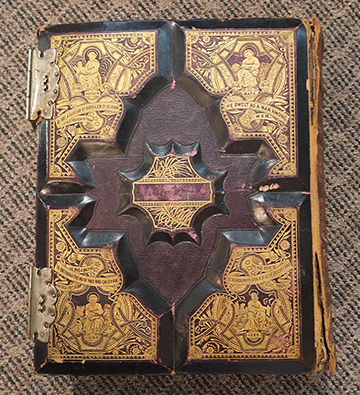
Established in 1883, Centenary Methodist Church was the fifth church to be planted from Mother Church Forest Chapel Methodist Episcopal Church (founded 1840) within Middlesex
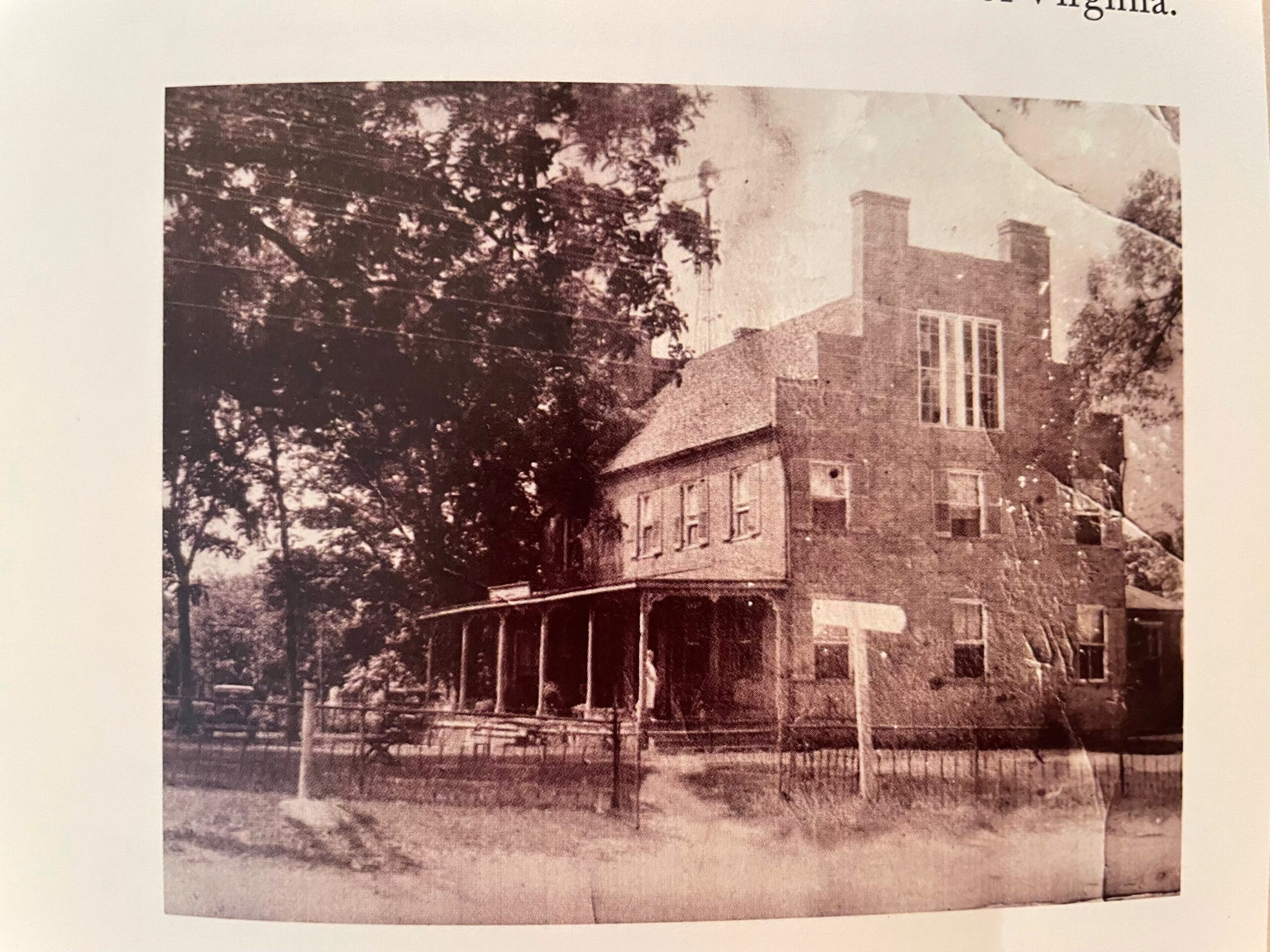
Located across the street from the courthouse, the Saluda Hotel operated from 1855-1937 and provided county visitors with lodging and meals. This brick, three-story structure
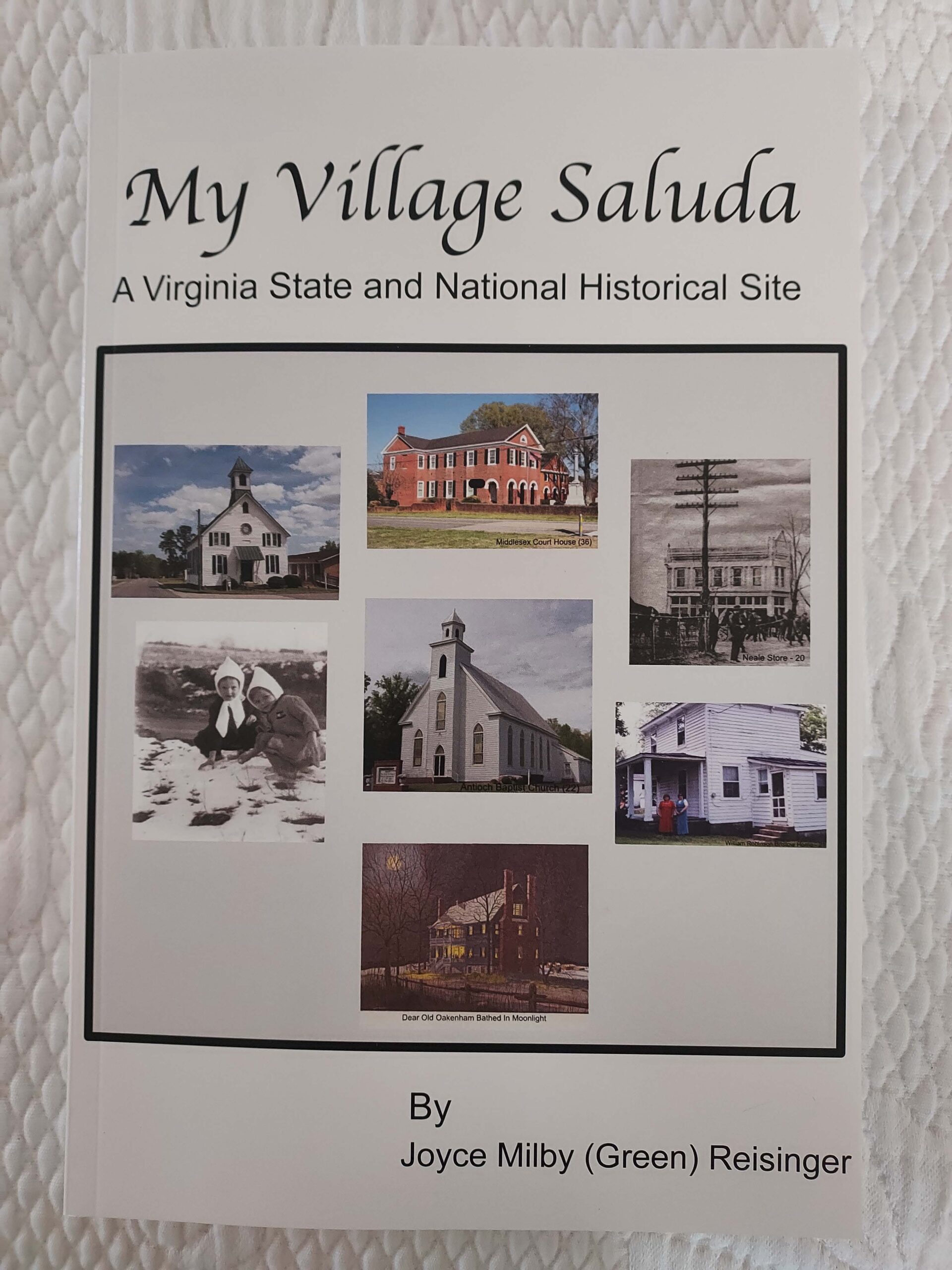
Written by Joyce Milby (Green) Reisinger, this book is a reminiscence of her 1940s childhood spent in Saluda. The book is laid out as if

Middlesex in the 1600sThe Saluda Cultural and Historic District will be celebrated in a series of displays as part of anexhibition opening in March in
